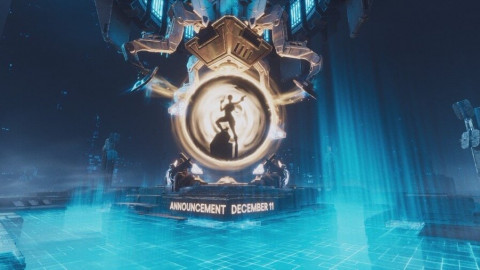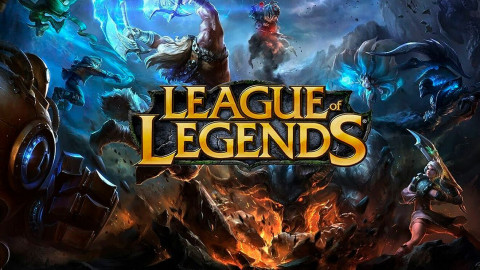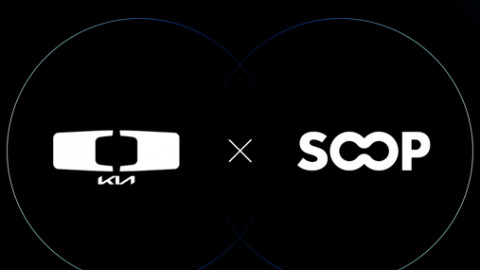
The September 19th Overwatch patch has been highly anticipated thanks to gameplay reworks
for a pair of controversial characters, D.Va and Mercy. In the case of simple buffs and
nerfs—such as Junkrat’s extra Concussion Mine charge—you don’t really need to spend any
time relearning how to approach the hero. The gameplay pattern doesn’t really change; they
simply get better at their job after a buff, or worse in the event of a nerf.
Reworks are rather different. They alter a character’s gameplay on a fundamental level, to the point where continuing to play them in the same style as before is squandering their potential. Today we’ll
break down the changes and explain how to adapt your playstyle to match them.

We’ll start off with Mercy. As the dev team commented in the patch notes, Mercy’s presence
led to some unhealthy gameplay. The nature of her Resurrect ability encouraged players to
adopt an extremely passive playstyle, where they would charge their Ultimate with relative ease,
then stop participating in the game before flying in for a clutch rez. That caused a few issues; it
That caused a few issues; it was boring for people playing Mercy, who had to spend the game hiding. It was also irritating for players that felt they won a team fight fair and square, but had the tables turned on them after Mercy popped out and smashed Q.
The changes issued to Mercy are as follows:
● Resurrect (Moved to an ‘E’ ability)
- Only targets a single player
- Range reduced to 5 meters
- Cooldown set to 30 seconds
- No invulnerability during the cast
● Valkyrie (New Ultimate)
- Lasts for 20 seconds
- Resurrect cooldown is instantly reset, then reduced to 10 seconds after the initial
cast
- Increased range on Mercy’s damage boost and healing
- All allies near Mercy’s beam target are also affected by the damage boost or healing
- Pistol gains infinite ammo and faster projectiles
- Grants the ability to fly freely
- Guardian Angel gains increased range and faster movement
- Continues to Regenerate even when taking damage
That’s quite a few changes to take in, but the most important thing is that Blizzard have
addressed the core issue of Mercy; she is no longer incentivized to hide and wait for a big
Resurrect. Instead, she’s better off taking a much more proactive role in a team fight. This is the
biggest change that both new and old Mercy players will have to adjust to—she’s simply a much
more proactive hero now
.

The new Resurrect is incredibly powerful.
Despite becoming a single-target ability. Rather than having to charge an Ultimate to recover an ally, Mercy players can bring one player back every 30 seconds, or quicker if she has her Ultimate available. Although there are clear benefits to having a Mercy around when attacking a point, the changes make her extremely powerful while playing on defense. Certain heroes (such as the snipers Hanzo and Widowmaker) are particularly potent on attack because of their pick potential—their ability to take an enemy player out of the equation before a full-scale team fight breaks out.
Prior to the Mercy changes, if the attacking team scored an early pick before committing to their push, the defending team would be fighting with a severe disadvantage. Even if the defending team replied with a pick of their own, they are still at a disadvantage because the attacking side typically has a much closer spawn point, and so they will be reinforced quicker. Mercy’s new Resurrect can counter this entirely by bringing back the lost ally so that everyone is available to fight back against the incoming push.
The catch is that Mercy needs to be within 5 meters of her fallen ally to use Resurrect. That means if a teammate pushes out too far for Mercy to safely reach them, the enemy team will maintain their 6v5 advantage—unless of course Mercy decides to suicide and save them, but most attacking teams would be happy to take that trade.
Ignoring the comedy of this clip, these types of plays are much more common thanks to Mercy's new individual Resurrect.
Valkyrie as an Ultimate also has an incredible amount of potential, particularly for more
aggressive players.
The combination of free flight and constant Regeneration gives Mercy the means to survive, and the Caduceus Blaster buff allows her to fight back against those who seek to shut her down. She can still pull out a pretty big tempo swing by herself. Resurrect once and activate Valkyrie to refresh the cooldown, then Resurrect again to bring two allies back into the fight. If Mercy survives long enough—which isn’t too difficult thanks to the other buffs—she can revive a third only a short 10 seconds later.
Why the changes work
Solving this issue is a good thing for Mercy players because they are encouraged to actually
play the game. It’s also great for those playing against Mercy, who once again have a fair
chance to shut her down before she turns the tides of a fight too far. It also makes her a key
character for gaining tempo in the game, although the dev team will have to take care that she
doesn’t become a ‘must-pick’ hero as a result of the changes.
The Mercy TL;DR - Don’t hide anymore! Use Resurrect liberally to revive high priority teammates, and use Valkyrie to take control of a shaky team fight. While Valkyrie is active, you are a force to be reckoned with using the Caduceus Blaster. If you aren’t confident in your accuracy, focus on using the Caduceus Staff to heal and damage boost your teammates. If they are grouped
closely, you’ll assist them all rather than just one as an added benefit.

Similarly to Mercy, D.Va’s old kit was causing players to have a pretty miserable time when
facing her.
Defense Matrix is an incredibly powerful ability, with the potential to negate an incredible amount of damage from hitscan or projectile heroes alike. D.Va could sustain her Defense Matrix for so long that she could cancel out entire Ultimates, and only a few heroes such as Zarya or Symmetra were adequately equipped to bypass her defenses.
The dev team could have addressed this by simply nerfing Defense Matrix, but this would have left D.Va feeling weak and unsatisfying to play. As a result, they decided to add a new rocket salvo ability along with some quality of life changes that will give her a more specific strategic niche, whilst maintaining her ability to nullify strong attacks.
The changes to D.Va are:
● Micro Missiles (New ‘E’ Ability)
- Fires a rocket barrage, dealing respectable damage but with a small explosion radius around each rocket
- Defense Matrix
- Depletes charge twice as quickly
- Recharges by 12.5% per second, rather than 10%.
- Can fire Micro Missiles or Fusion Cannons while boosting
These changes have pushed D.Va in a different direction, returning her ‘flank tank’
playstyle.
She is once again encouraged to play as a bully rather than a bullet soak. The Defense Matrix changes are pretty easy to digest. She uses up her resource meter twice as quickly, but she recharges it slightly quicker too. Zero to 100% charge takes her 8 seconds rather than the previous 10, which encourages using it in specific situations to save allies or minimize damage, rather than forcing her to play defensively all game.
This means she can still eat up the occasional Fire Strike from Reinhardt or prevent Soldier 76’s Tactical Visor from utterly wiping her team, but she won’t stop the enemy hitscans from being able to play the game.
The new D.Va is going back to her old roots, bullying enemy heroes and chasing down squishies.
Since she’s no longer going to be effective sat in the backline of her team, D.Va will now find
herself adopting her original play style as a diver.
Micro Missiles are great at pushing down barriers, but they are also effective at taking out squishy targets in the enemy backline. Since she can fire both her Micro Missiles and Fusion Cannons while boosting, we can expect to see D.Va being a lot more mobile and proactive on the battlefield—similarly to Winston, rather than the anchor tank-esque playstyle that she was forced to emulate before the rework.
We should see the return of aggressive D.Va players that function as disruptors, off-tanks and off-DPS. The new D.Va will be a valuable component in any aggressive team composition.
The D.Va TL;DR - As with the Mercy changes; get aggressive. Play from a forward position, helping tear down barriers or pick off weaker enemies. Along with Winston, the new D.Va is amazing at
contesting high ground and forcing enemy players to retreat. Keep an eye on your supports
too—your Boosters and Defense Matrix still work as a powerful peeling tool if you spot trouble
headed their way.
Sort by:
Comments :0






